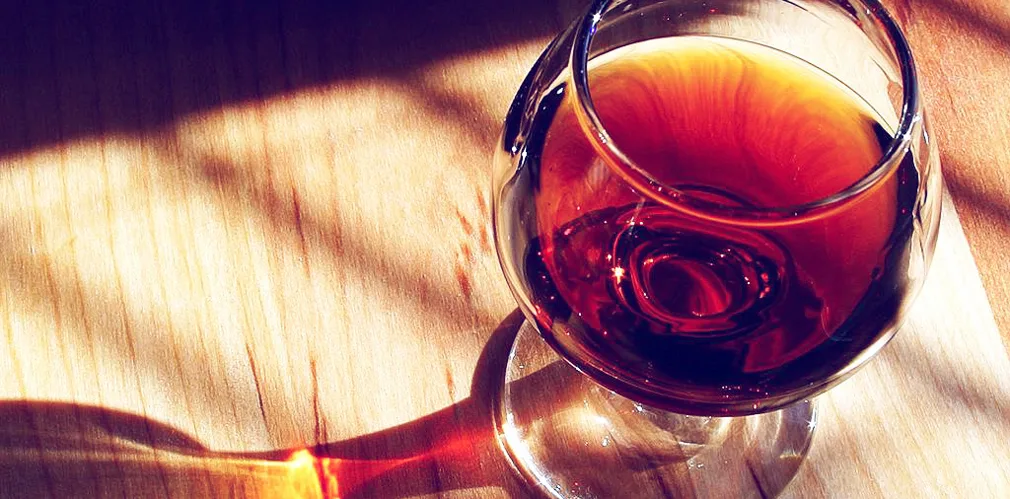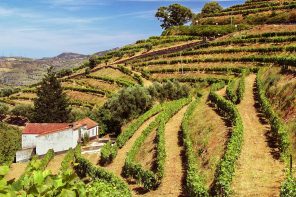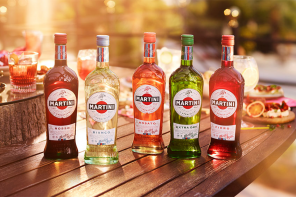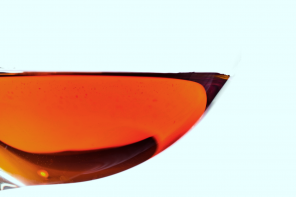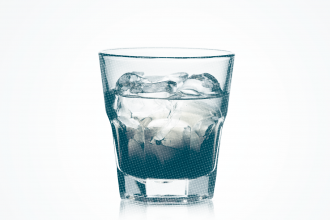What does “fortified wine” actually mean? Errr… they have more booze?
Correct! But how does it get there? And what’s the point? Isn’t wine brilliant enough the way it is?
As the saying goes: “necessity is the mother of all invention.” What’s the one thing you need when you’re about to sail across the entire Atlantic Ocean in a boat for months on end in search of new horizons, land and people to exploit? Booze. Lots of it. For plenty of reasons.
Fortunately, the explorers of old were aware of the wine spoilage issues that were especially prevalent during these times. The screw-cap was still a few hundred years away, and preservative technology left something to be desired. Somewhere and somehow, someone realized that adding a spirit to the wine made it last longer… winning! Today, fortified wines offer an incredible array of styles, flavors, complexity and incredible history.
Sherry is one of the oldest known fortified wines. Typically made from the Palomino, Pedro Ximénez and Moscatel grapes, Sherry begins life as a still white wine that has been fermented totally dry (no sugars left; the way the majority of table wines are made). After fermentation is complete, Brandy is added to get the alcohol levels up to between 15-18%. Sherry takes this whole process to another level, it’s classified into a million styles and aged in all sorts of different ways, with various levels of oxidation. A bit dizzying, but an amazing process.
Port is another fortified wine that is fairly common, especially as an after-dinner companion. Unlike with Sherry, the grapes are allowed to ferment about 50% of the way, so that there is still natural sugar remaining when the spirit is added. Yeasts happily chow away on the grapes’ natural sugars and convert them to alcohol, but they simply cannot survive once the spirit is thrown into the mix. Thus, fermentation stops.
Port hails largely from the Duoro region of Portugal and is made from indigenous red varieties such as Touriga Nacional, Touriga Franca, Tinta Roriz and Tinta Cåo.
This famous dessert wine also has a staggering range of styles and aging processes, but all port must age for a minimum of two years in barrel before release. It’s a rich, layered and opulent treat that will also take your next attempt at a steak sauce up a million notches.
Madeira, Marsala, Vermouth… what unifies these styles is they all take the wine we know and love and add a little more love to it. While the Old World may be the mothership for these styles, artisanal Vermouths are currently popping up left and right on this side of the pond… California can make some darn good Zinfandel Port, too.
Be a good wine explorer and check ’em out.

